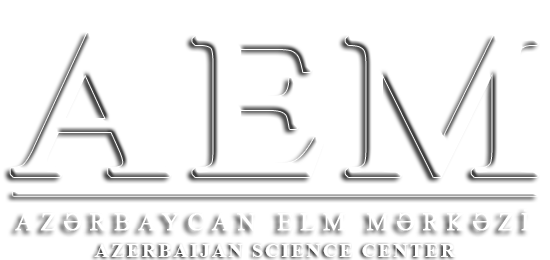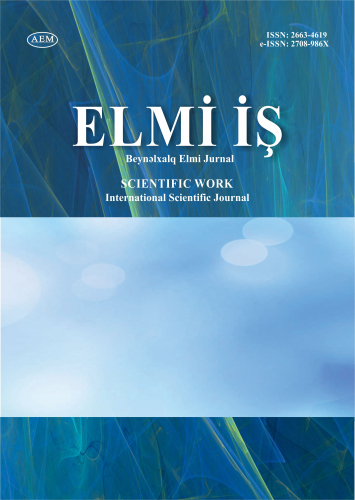https://doi.org/10.36719/2663-4619/110/85-89
Maftun Aliyev
Nakhchivan State University
Doctor of Philosophy in Physics
https://orcid.org/0009-0001-9956-6068
meftun-aliyev@rambler.ru
Sharmin Hasanova
Nakhchivan State University
Master student
https://orcid.org/0009-0002-7733-2508
serminhasanli@gmail.com
Features of Fiber Optic Communication Transmission Technology
Abstract
Fiber optic communication technology plays a crucial role in modern communication systems by enabling high-speed data transmission and broad bandwidth. This technology transmits data using light signals, which results in less loss and attenuation compared to electrical signals. Fiber optic cables are more resistant to electromagnetic interference, providing more stable and reliable connections. With high speed, broad bandwidth, and low latency, it has wide applications in areas such as faster internet, videoconferencing, cloud services, and medical data exchange. Fiber optic technology also enhances data security and facilitates long-distance data transmission.
Keywords: fiber optic communication, data transmission, security, high speed, fiber optic cables, light signals, information technology, broadband communication, fiber optic networks

